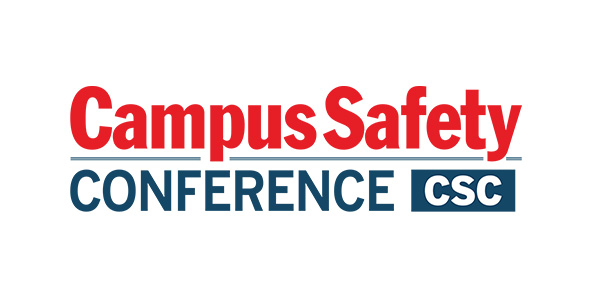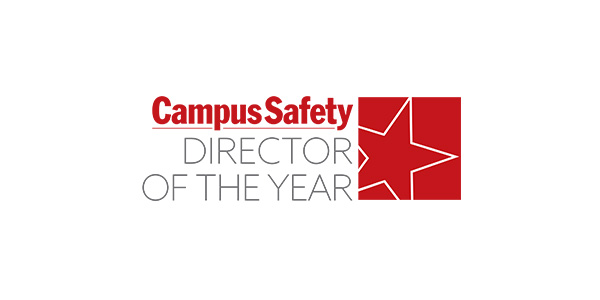A new University of Maine study reveals that campus relationships play a critical role in determining whether college students report hazing incidents to administrators.
The research, released during National Hazing Prevention Week, examined how students’ connections with peers, faculty, and staff influence their willingness to speak out about hazing experiences.
Relationships Drive Reporting Decisions
Devin Franklin, the study’s lead author and a Ph.D. student in higher education, explained that hazing prevention operates on three levels: primary prevention to shift attitudes before incidents occur, and secondary and tertiary prevention to respond during or after incidents.
Related Article: HazingInfo.org Releases Nationwide College Campus Hazing Database
“The goal is to have most of the prevention happen at the primary stage, but the reality on college campuses is that hazing does happen,” Franklin told UMaine News. “So it’s really important that we understand what leads students to report hazing and what factors deter them from doing so.”
Students described fear of social isolation if identified as the person who filed a report, citing a “culture of silence” on their campuses.
However, students with multiple connections across campus communities felt more comfortable reaching out. One participant told researchers that if a club member experienced hazing, “ideally they would take that to me first and then I would take it to one of my advisors and she would deal with it from there.”
Trusted Staff Members Are Essential to Campus Hazing Prevention Efforts
Franklin emphasized the importance of student support professionals on college campuses. “When you have even one trusted staff member or advisor, a student is going to be more likely to go to them when they have an issue,” she said.
The research also identified institutional context as a significant factor. Students consider how campus leaders or organization leaders respond to incidents when deciding whether to report.
Watch Now: The Stop Campus Hazing Act: Key Implementation Trends That Could Impact Clery Act Compliance
Students’ understanding of what constitutes hazing also affected reporting rates. Elizabeth Allan, UMaine professor of higher education and the study’s co-author, noted that hazing behaviors exist on a spectrum including intimidation, harassment, and violence.
“Lack of recognition is a deterrent when it comes to reporting,” Allan said. “Intimidation and harassment behaviors have more of a tendency to be normalized and accepted.”
Federal Legislation Increases College Campus Accountability for Hazing
The study follows passage of the Stop Campus Hazing Act, which became federal law in December 2024. The legislation amends the Clery Act to require colleges to report hazing statistics in annual security reports.
According to legal expert Aaron Davis of Davis Goldman PLLC, the law reshapes legal exposure for universities by pushing institutions toward greater accountability and transparency. Davis predicts litigation surrounding hazing incidents will increase as previously unreported cases come to light.
The Stop Campus Hazing Act requires colleges to:
- Include hazing statistics in annual security reports
- Implement hazing policies and prevention education programs
- Compile campus hazing transparency reports
Davis recommends universities focus on prevention through proactive education rather than reactive punishment. “Universities need to take a more active role in educating students about hazing before it happens, not just reacting once it does,” he told Campus Safety.
The National Study on Student Hazing found that 55% of college students involved in clubs, teams, and organizations report experiencing hazing.
The University of Maine study was published in the Journal of American College Health.







